I thought the subject of this post, updated from September 2015, would be of interest to many of you, especially those looking to buy something in the upcoming collector car auctions in Monterey.
by Mike –
Investing in collector cars for profit is a good idea if there really is a profit.
A friend once told me a saying in the hot rod world; “why buy a hot rod for $50,000 when you can build one for $150,000?” There is a corollary in the classic car world; “why buy a restored car at market price when you can buy a car that needs a restoration for less?”
I suspect the truck above has a rusty patina because that is what the owner was going for. So, probably no bargain here.
Keith Martin, publisher of Sports Car Market, says “Buy the best car you can afford”. This is excellent advice that is not heeded by some collectors.
What I think happens often is a buyer buys, for example, a $30,000 car that needs $25,000 of work resulting is a car that is worth $45,000 after the work is done.
The buyer sees the savings on the front end ($30,000 versus $45,000) but does not think clearly about the cost on the back end ($25,000) and the final value after the work is done ($45,000). Many times the cost of the restoration gets away from us and the profits go with it.
Unfortunately there are many cars that are not worth the cost of restoration. The cost of many cars prior to restoration is zero, or negative, because even if the car were free the restoration costs will not be recovered after the restoration is complete. This can be difficult for the selling owner of the unrestored car to accept.
The Lamborghini Gallardo above could probably be had for a bargain.
Some collectors do not care about the economics very much because they restore a certain car for love or they do a lot of the work themselves and do not count their time as part of the cost. You know the way Mike does not count Edd’s time when he is calculating his latest profit on the TV show “Wheeler Dealers”.
This is fine as long as the economics are understood but I am afraid they are not always understood when that initial purchase is made.
Maybe this wrecked Ferrari, above, could be bought cheap too, from the insurance company. But would it be cheap enough?
There are many cars that will be sold for less than the seller has spent – this may be the type of car you want to buy, assuming that the work was done properly. As an owner you want to try to stay out of the negative zone, where you have more into the car than it is worth. This is not always as easy as it sounds. We sometimes under estimate the cost of a restoration or we under estimate the value appreciation over time of our cars.
This is one of the reasons why cars, and trucks, should be primarily bought for the passion, so that if the economics do not work out at least you love the car.
Despite appearances I suspect the rusty Porsche 911, above, is not a bargain. I spotted it at a car show in Carmel in August 2015 and it appears to be genuine Porsche factory rust which we all know has become valuable. Not Steve McQueen valuable but still worth more than a restored example.
I bought this Lamborghini Espada, below, last year because I really wanted a nice Espada not because I planned to make money. So far my plan is working out.
Let us know what you think in the Comments.
This one minute cartoon below illustrates the point.

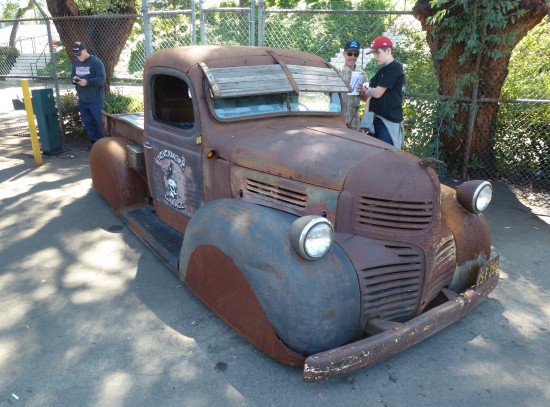
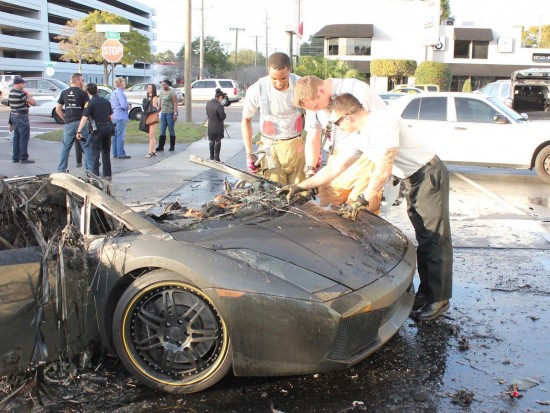
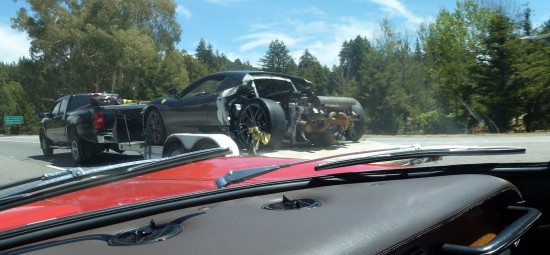
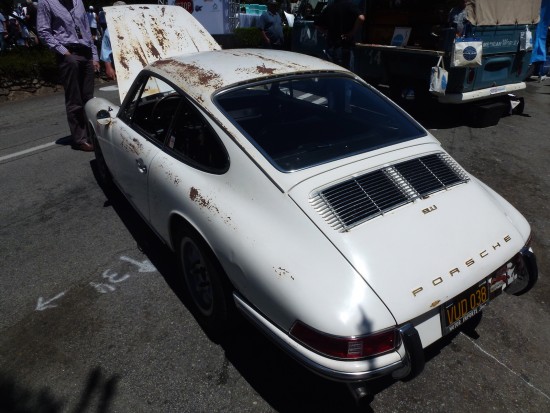
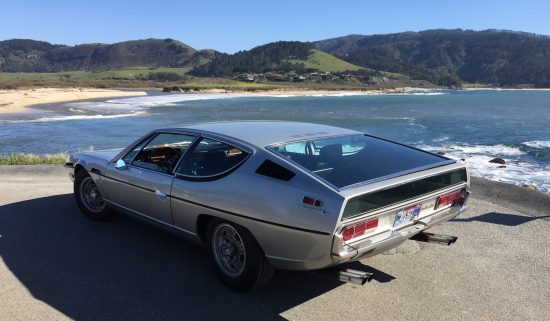
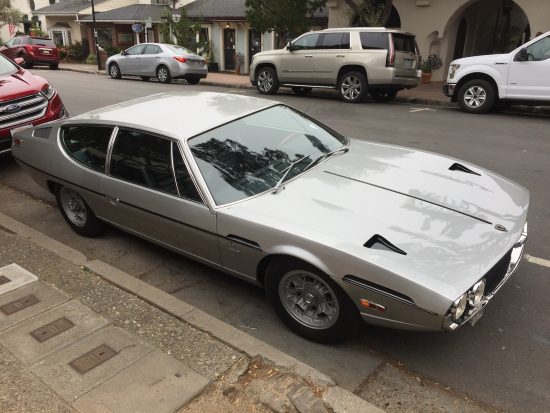
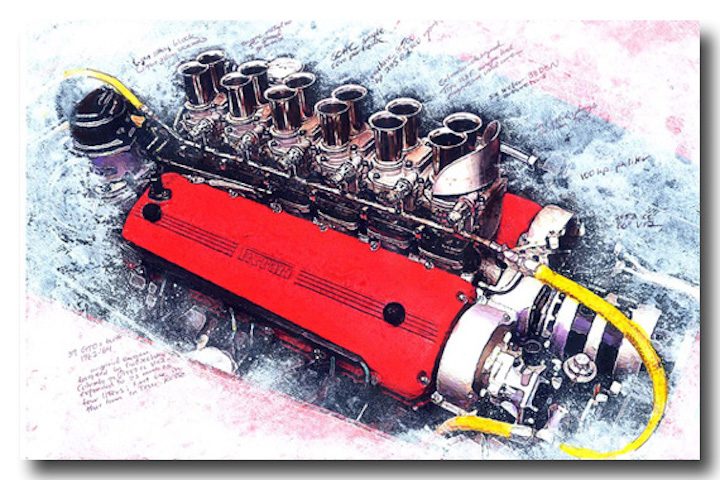

Thanks Mike about the nice words about my ’67 911. It’s all original, just how we found it in 2009. It had been parked in a shed in 1973 and not moved after that. All the mechanicals were restored so the car could be driven.
John Straub
Mike
I agree with your thoughts that the cars should be purchased for passion as this is what the car industry is for, car lovers. This way the cars are driven and enjoyed which will help eliminate the speculators who are not car people and who only drive up prices to unrealistic levels so they can make a profit. This will also eliminate many “experts” who talk too much and drive too little as they have over restored their vehicles to “factory” standards.
BTW that Espada is beautiful, enjoy it to its fullest extent.
Brian
Good points, Mike — I tell folks to take the time to find the right car, including those restored some years ago (not having been done for a flip). And experienced speculators should include the costs of upkeep (storage, insurance, registration, etc.) so they won’t be fooled when a car that gained $5K in book value over time actually lost money on the sale.
You are basically right, Mike. I say for me, a running car is the big red line in the sand. When you buy a non runner
it could have a broken engine, trans, on and on at $100 per hour for a mechanic to find all the reasons it’s not running. Plus in life, other things happen (cancer, etc.) so you never know what’s going to blind side you, and to have one or more cars in various shops, all apart, denies you the opportunity to quickly sell that car. And I also go back to what I’d call the “golden memories” argument. You buy a running car, right from the point where you first take it home, you can take it to many events, even as light restoration is going on, and then look back years later and reminisce “Yeah, I remember the year I took the Ferrari up to Mendocino” but if you buy it not running, and it’s tied up for years in the shop, then every year there’s a dozen missed opportunities to take it to this event or that one. It’s time lost you’ll never get back.
Wonderful the Espada what series is it?
I got a 3 series in green
My Espada is a Series 2.
This also applies to building Hot Rods and Custom Cars. You never get paid for the countless hours spent not only constructing one, but the thinking, planning and designing of it.